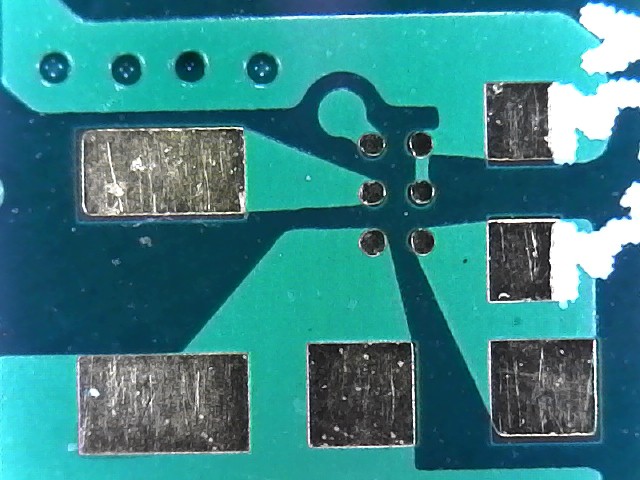The TinyFPGA E-Series boards take advantage of Lattice Semiconductor's ECP5 FPGAs in a tiny 10x10mm package. These boards use three different ECP5 FPGAs: 12k LUT, 25k LUT, and 45k LUT devices. In addition to big FPGAs, they contain a few other features only found in larger boards:
* Micro SD Card Slot
* 64MBit DDR HyperRAM
* 64MBit SPI Flash
* 3.3v switching power supply for IOs
* 2.5v LDO for FPGA aux rail
* 1.8v LDO for HyperRAM and associated FPGA IOs
* 1.1v switching power supply for FPGA vcore (up to 3 amps...)
* 16MHz MEMS clock
* Micro USB connector
* 42 GPIOs
* JTAG, SPI, USB test pads on bottom
 Luke Valenty
Luke Valenty





















 greg
greg
 TheBrokenEngineer
TheBrokenEngineer

 Jared
Jared
Any updates? Thanks!